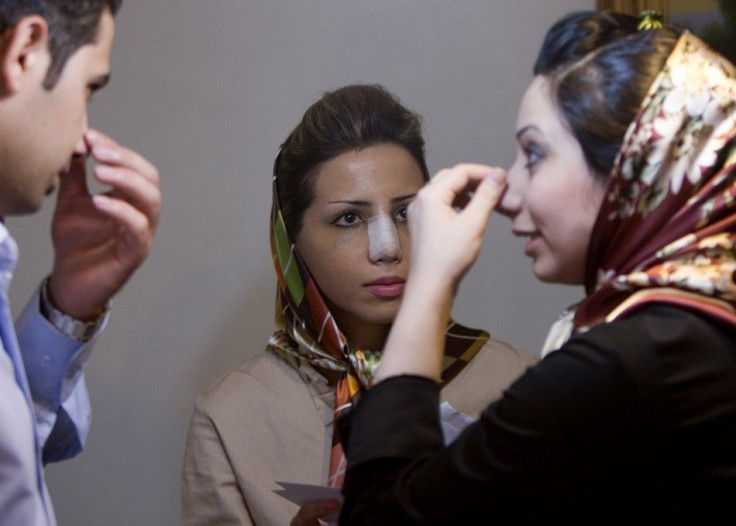33% of Nose Job Patients Suffer from Body Dysmorphic Disorder: Study

A study published in Plastic and Reconstructive Surgery found that patients who complain about the size or shape of their noses often have signs of mental illness. The study found that one in three people seeking rhinoplasty show signs of body dysmorphic disorder.
The study involved 266 patients who were evaluated by plastic surgeons in Belgium over 16 months. The patients were given a questionnaire to assess symptoms of body dysmorphic disorder, a body image disorder characterizied by a preoccupation with a slight or imagined physical anomaly.
Body dysmorphic disorder is enabled by obsessions and compulsions aimed at neutralizing the type of "ugliness" normally reserved for horror films and goes undiagnosed for an average of fifteen years.
Individuals with body dysmorphic disorder, or body dysmorphia, are only able to focus on physical imperfections and "ugliness." This "physical anomaly" is not actually present and is only visible to the sufferer. Compulsions such as mirror checking and avoidance perpetuate the distortions and the distortions perpetuate further checking, creating a vicious cycle that can last a lifetime without treatment.
Symptoms include unwanted repetitive thoughts about the "defect," symptoms of major depression, anxiety, suicidal ideation, social phobia, social isolation, tumultuous personal relationships, alcohol and drug abuse, compulsive mirror checking and avoidance, and reassurance seeking. Compulsions such as mirror checking and avoidance perpetuate distortions.
According to The BDD Workbook by James Claiborn, sufferers notoriously seek plastic surgery in order to correct the "problem area." Tragically, plastic surgery increases severity of symptoms as the disorder is maintained by the belief that looks are the most important part of a person.
Body dysmorphic disorder is currently classified as a somatoform disorder but will probably be reclassified by the DSM V as an Anxiety and Obsessive-Compulsive Spectrum Disorder as it seems to be related to obsessive-compulsive disorder. Thirty percent of its victims have comorbid obsessive-compulsive disorder according to The BDD Workbook.
One to two percent of the general population is affected by the condition, said The BDD Workbook.
The media's objective preoccupation with physical beauty, genetic predisposition, bullying, and unstable parenting are all risk factors.
Body dysmorphic disorder remits at a rate of 83 percent with cognitive behavioral therapy. It is both tragic and bizarre that the general public is unaware of the occurrence of this common disorder and its blatant symptoms. The disorder was only recently added to the DSM IV and individuals with the disorder are often misdiagnosed as psychotic.
Dr. Katherine Phillips, the director of the Body Image Program at Butler Hospital in Providence, R.I., told ABC News, "It's a very secretive disorder." She added, "People tend to be very embarrassed and ashamed of their concerns. Most people don't get treatment, and that's really sad because it's generally a very treatable illness."
© Copyright IBTimes 2024. All rights reserved.





















